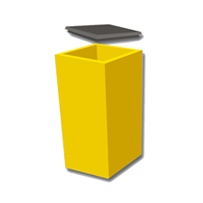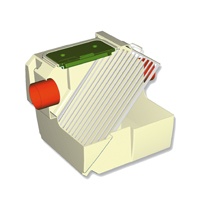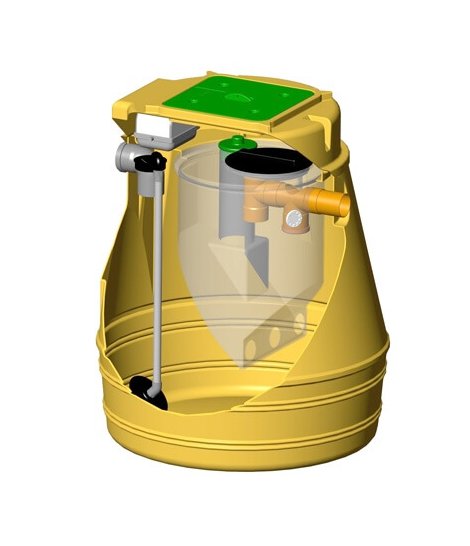- On sale!
- -15%
Total Superplus oxidation treatment station
Specially indicated for the purification of wastewater from small communities of up to 28 equivalent inhabitants.
The Superplus treatment plant is characterized by being compact, resistant, lightweight, easy to handle and being entirely made of high density polyethylene achieving a final product without welds, which guarantees a containment of the liquid without risk of leaks.
TOTAL OXIDATION TREATMENT
The Superplus total oxidation treatment plant does not generate noise and achieves a high level of water purification.
In a single container, the two purification phases (oxidation and sedimentation) are separated by two different chambers.
First phase
the wastewater enters the first compartment equipped with an integrated oxygenation system with an unobstructible diffuser manufactured in EPDM where the process of oxidation of organic matter is carried out, from aerobic microorganisms (bacteria) that find a culture medium and are responsible for digesting and decomposing the organic matter, resulting in a high purification of the liquid.
Second phase
the waters pass into a second compartment, where the remaining organic matter (sludge) is decanted and falls back into the first compartment where it is reincorporated into the biological process of degradation of organic matter.
Final result
The output of the waters in a high degree of purification and without solids, complying with the limit values of Table III, the most demanding of the R.D.P.H. (Hydraulic Public Domain Regulation).
The treated effluent can be:
- Pour directly into a river, torrent, lake... (provided that the legislation of the receiving medium allows).
- Use for watering plants (by sub-irrigation).
- Evacuate by drainage.
Let's always recommend pre-treating grey wastewater with a grease separator and installing at least one inspection box as can be seen in the following image.
COMPOSITION
WORKING
- The purification equipment is installed buried underground (see instructions). Polyethylene, being a very resistant and lightweight material at the same time, facilitates both handling and installation, which does not require the use of cranes, with the consequent economic savings.
- It is recommended to place a siphon before the entry of each container.
- The start-up is very simple. It should only be connected to the current (220 V). The operation of the engine is low consumption. It includes an internal programmable timer that optimizes uptime. We recommend introducing a bag of bacteria, already included, to speed up the process and optimize performance.
- Maintenance is very simple and is carried out comfortably through the inspection cover, located at the top of the treatment plant. Once a year, or when necessary, vacuum the deposited sludge, check that the engine and the air diffuser are in operation and that the sedimentator is not clogged.
Important: Do not completely empty the container. Always leave 1/3 of the content.
COMPLEMENTS (Optional)
CHECKOUT BOX

Quamber base box made of monoblock polyethylene with PVC treadable lid
Very practical, ideal as a pipe splice and for the inspection and sampling of effluents
SPERSTE STRIP

Made of polyethylene is placed before the liquid enters the purification equipment. An internal stainless steel grille retains large solid elements and prevents them from entering the equipment uncontrollably, clogging it and causing a malfunction.
It is advised in any situation although in public places its placement is highly recommended.














Grade Comments (0)